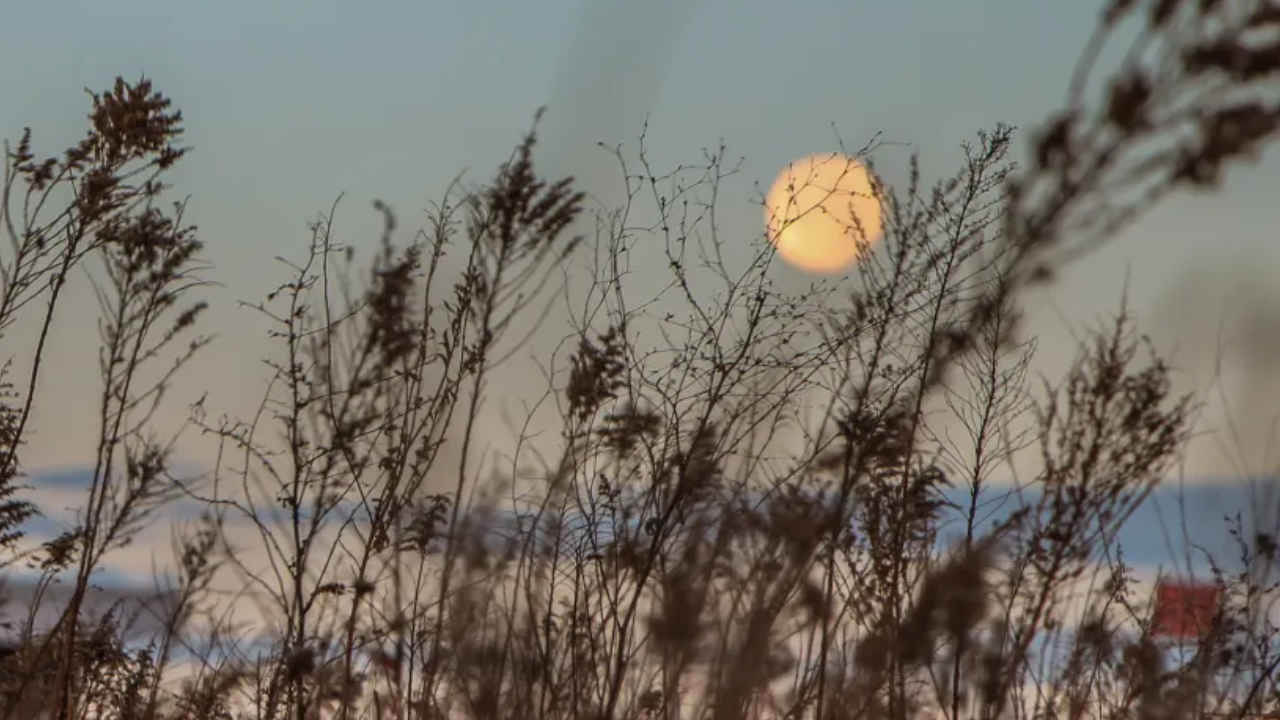Supermoon Blue Moon: Here’s when to catch this rare celestial spectacle

On August 19th, 2024, skywatchers are in for a treat with a rare celestial event—a Supermoon Blue Moon.
This full Moon will be visible on August 19th at 2:26 PM EDT (11:56 PM).
The term "supermoon" refers to a full Moon that occurs when the Moon is within 90% of its closest approach to Earth.
On August 19th, 2024, skywatchers are in for a treat with a rare celestial event—a Supermoon Blue Moon. This full Moon will be visible on August 19th at 2:26 PM EDT (11:56 PM), making it the perfect time to look up and marvel at the night sky. The Moon will appear full for three days, according to NASA.
Let’s delve into the details.
What is a Supermoon?
The term “supermoon” refers to a full Moon that occurs when the Moon is within 90% of its closest approach to Earth. This makes it appear larger and brighter than usual. Coined by astrologer Richard Nolle in 1979, supermoons are a favourite among stargazers for their impressive size and brightness. This August’s supermoon is the first of four consecutive supermoons this year, with the upcoming full Moons in September and October also expected to be notably close to Earth.
Also read: NASA finds pure sulfur crystals on Mars for the first time
The Blue Moon explained
Though it won’t actually appear blue, this full Moon is known as a “Blue Moon” because it’s the third full Moon in a season with four full Moons. The term “Blue Moon” dates back to 1528 and has evolved over time. “Since the 1940s the term ‘Blue Moon’ has also been used for the second full Moon in a month that has two full Moons,” according to NASA.
Cultural and traditional significance
This full Moon coincides with Raksha Bandhan, a Hindu festival celebrating the bond between brothers and sisters. Sisters tie a rakhi, a protective bracelet/ thread, around their brothers’ wrists, symbolising love and protection.
Also read: Hubble Space Telescope: What is it and How Does it Work?
Additional events
NASA has also revealed that Saturn will be at its closest and brightest the night of September 7th. It will be shifting west each evening, making it higher in the sky and friendlier for evening viewing. Through a telescope you should be able to see Saturn’s bright moon Titan and its rings.
Ayushi Jain
Tech news writer by day, BGMI player by night. Combining my passion for tech and gaming to bring you the latest in both worlds. View Full Profile




